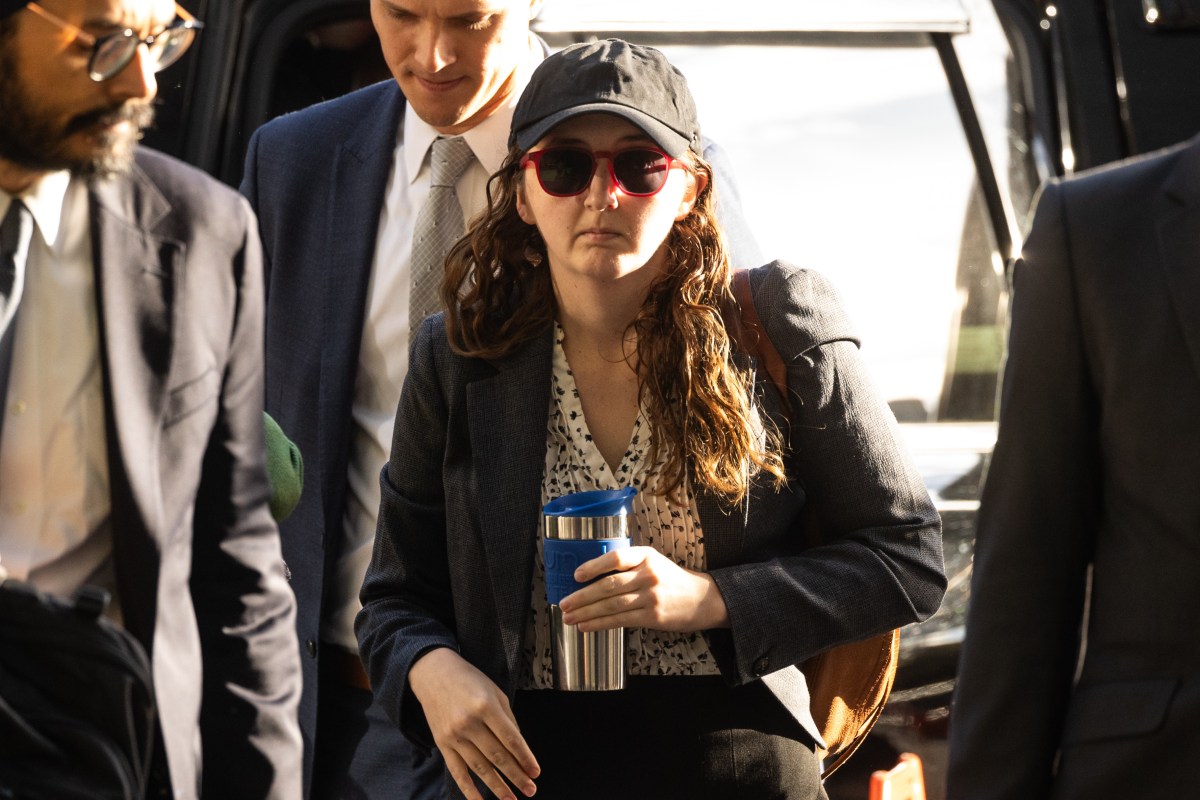Former Alameda CEO Caroline Ellison explains how FTX hid losses, sandbagged lenders
Caroline Ellison’s testimony at Sam Bankman-Fried’s trial spread into a second day, digging deep into the state of crypto trading firm Alameda Research’s faulty balance sheets.
“We were in a bad situation,” Ellison said, referring to the time period between May and June 2022. “[We were] concerned if anyone found out it would all come crashing down.”
At the time, Terra/LUNA collapsed, causing a number of crypto market players to struggle and cryptocurrencies to lose value. The stablecoin’s implosion came months before FTX itself collapsed, an event that was triggered when a balance sheet was leaked by CoinDesk that cast doubt on its solvency. Ellison testified that the balance sheet was one shared with lenders, not the accurate one the company used internally. This means that the balance sheet CoinDesk reported on was also “dishonest” and still “understated true risk” of Alameda and FTX.
Ellison testified that Alameda had to repay crypto lenders like Genesis, who were asking for loans to be repaid. She said FTX customer deposits were used to repay lenders, and when lenders requested balance sheets in mid-June 2022, FTX modified them because “Alameda was in a very bad situation” and didn’t want “[Genesis] to know that.”
But instead of sending truthful balance sheets, showing how much money Alameda “borrowed” from FTX, they modified it to “make [its] leverage and risk look lower.” This was done at the direction of Bankman-Fried, Ellison said.
She added that this was done for several reasons, one of which was that Alameda didn’t want Genesis to recall all of Alameda’s loans or for the news to spread because it would add concern about the firm.
“I didn’t want to be dishonest but also didn’t want to tell the truth,” Ellison said on the stand.
So she prepared seven balance sheets for Bankman-Fried to review with “alternative ways” of presenting their financial situation to “conceal things” that they “both thought were bad.” These balance sheets were made “to look better to lenders,” Bankman-Fried said at the time, according to Ellison.
At the time in June 2022, Alameda borrowed $9.9 billion from FTX customers, which “made it clear Alameda was in a risky situation,” Ellison said, and would make FTX “look very bad.” It also had open term loans worth $1.8 billion that would have to be paid back at any time a lender reached out to ask for the money back, as well as $2.9 billion in fixed term loans that were “long-term liabilities,” Ellison said.
The company at the time had around $12 billion in liabilities and $3 liquid billion in assets, per Ellison.




